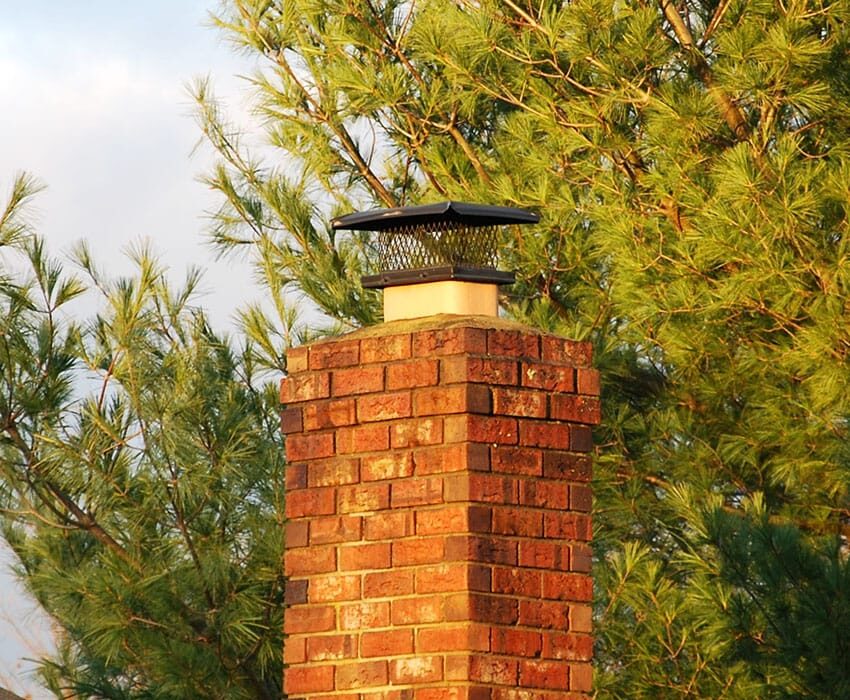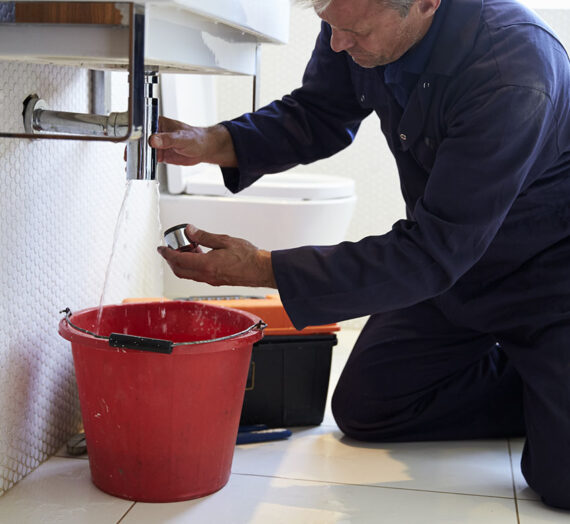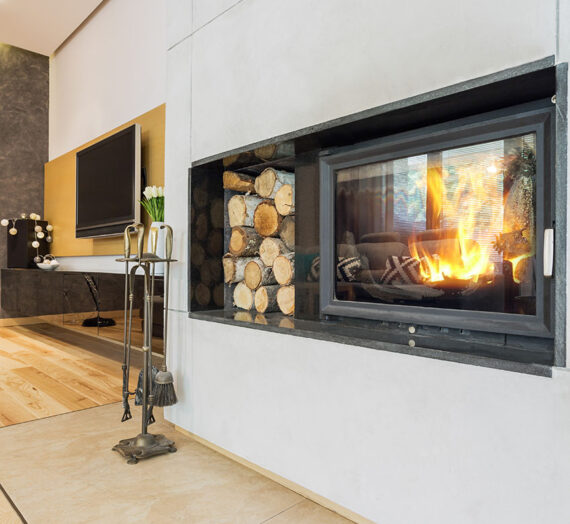Stains on chimneys ruin the aesthetics of the chimney and the exterior of your house. A discolored chimney shows you that something is going wrong and it needs your attention. There are different types of stains on chimneys which tell you about the cause of the problem. Perform chimney inspection regularly to keep an eye on stains and deteriorations.
Black Stains
Black staining is the most common discoloration that occurs in the interior and exterior of chimneys and fireplaces. The number one cause of black stains on a chimney is soot buildup. It is a black material that is a by-product of burning wood in a fireplace. It is highly flammable and, if not cleaned regularly, can cause a chimney fire.
Soot and creosote buildup is natural but it should be controlled. Soot is formed in greater quantities when wet or green wood is used in a fireplace. The fire burns at a lower temperature, making more soot. To control soot buildup, make sure the wood you’re using is seasoned and dry, or switch to a gas fireplace.
Till now, we were discussing soot forming inside the chimney. But if you’re seeing black or dark brown stains on the exterior of the chimney, this means the soot buildup is at dangerous levels. You must act quickly and get the chimney cleaned by a professional.
Moreover, if you’re using a gas fireplace and notice black stains on the exterior of the chimney and flue, then seek help immediately because this is a sign of a carbon monoxide leak inside the house.
Dark Green Or Brown Stains
Finding shades of green or brown on the outside of the chimneys is due to organic growth on the chimney such as mold, algae, and moss growth. The color differs depending on the type of mold or moss. They are usually visible on the chimney crown, chimney cap, the foundation of the chimney, and the roofline.
These stains are most common in weather conditions and regions where the humanity levels are high because it encourages the growth of microorganisms and plants that thrive in moisture. Moreover, water leakage in the chimney or condensation can also cause dark green or brown stains.
This shows water damage to your chimney and you should get the chimney inspected to find the main cause of the problem.
Bright Green Or Yellow Stains
These stains on masonry walls and bricks indicate the presence of vanadium salt in the bricks. It resembles algae so some homeowners consider it a microorganic or plant growth. To spot the difference, inspect it closely. You’ll notice its patches on dry bricks only.
These spots are common in new construction homes and chimneys because start from the storage of the bricks when the water dries out and leaves vanadium salt on the surface. It’s not noticeable at the time, but when the bricks are used for chimney construction and a few rainy days pass, the acidic effect of rainwater turns green.
The bright greenish-yellow stains are not harmful to the chimney, but they look ugly. Discuss it with your chimney contractor or an individual repairer.
Red, Orange, Or Light Brown Stains
Different shades of red spots and streaks on the chimney walls are usually due to rusted metallic parts of the chimney like the chimney cap or chase cover. The culprit of these spots is water and a chimney inspection will determine what is causing the water damage.
Some red stains can be due to creosote buildup. It happens after a rain when the rainwater pours on creosote and flows down the chimney walls, the walls get red stains. Clean your chimney to fix it.
White Stains On A Chimney
These stains are formed due to a powdery material called efflorescence. If the white spots are growing with time, it’s efflorescence. White stains are also due to water damage and it can lead to mold or algae growth later.
You need immediate chimney repair if you notice white spots on the exterior of the chimney as well as on the interior walls of your house.
Conclusion
Most chimney stains indicate a problem related to water leakage or damage. So, if you spot any type of staining on your chimney, consult chimney contractors Columbia MD for inspection and repair.



